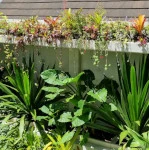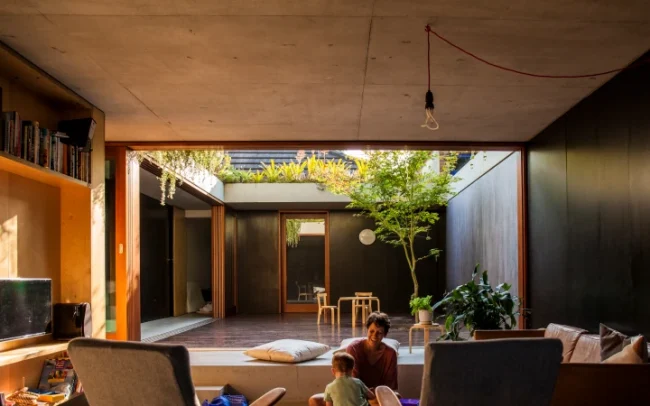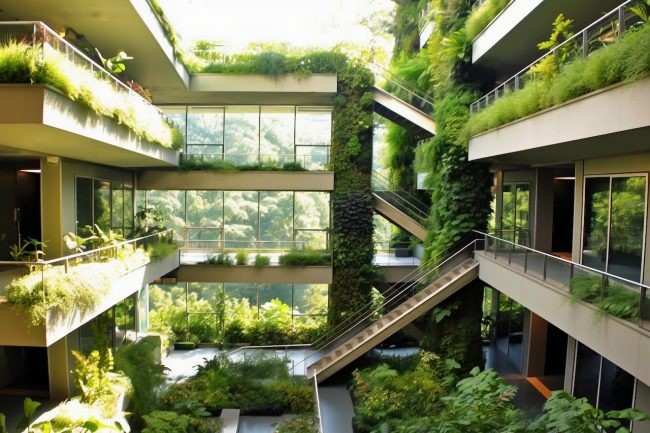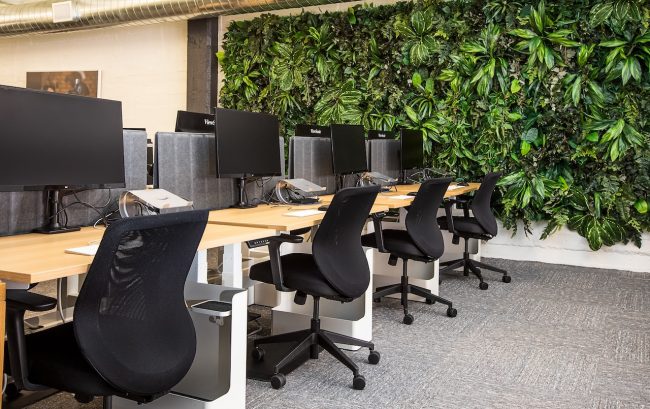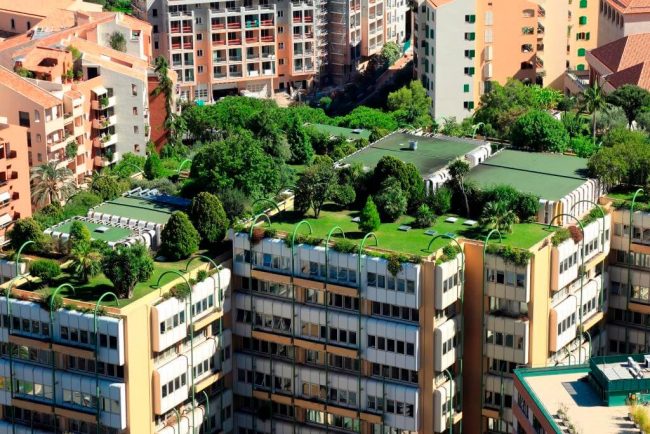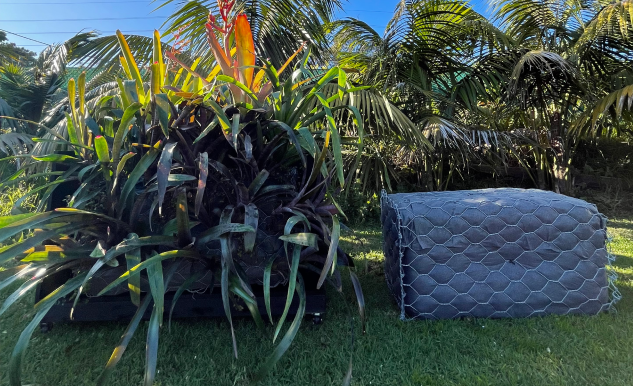We’re on Australia By Design Innovations!
We’re thrilled to share our recent feature on Australia By Design Innovations, highlighting our journey, innovation, and passion for greening urban spaces. Our founder, Mark Paul, took host Mike Chapman through the story of how his background as a professional windsurfer and marine biologist laid the foundation for what The Greenwall Company is today.
Mark’s passion for transforming facades with greenery has driven us from the start. One of the most exciting aspects of our work is how we’ve turned polystyrene, a material often found in surfboards and notorious for staying in landfills for up to 400 years, into the backbone of our lightweight eco pillows. This recycled material forms the growing medium we use for our projects, and it’s six times lighter than traditional soil. The benefits? Less weight means less cost—especially when retrofitting green roofs and facades. It’s sustainable, practical, and innovative, and we couldn’t be prouder to showcase it on such a fantastic platform.
From Concrete Playground to Urban Oasis
During the episode, we visited a standout project: Skye Cameron’s family home in Newtown. Surrounded by concrete and nestled in one of Sydney’s densest urban areas, you’d never guess this lush, plant-filled retreat was part of the “urban jungle.”
The greenroof eco pillows complement Jon Jacka Architects design, integrating nature with beautiful architecture to create a vibrant green sanctuary. Greenroofs not only look beautiful but also bring practical benefits like cleaner air, better temperature regulation, and a boost in biodiversity—even in the heart of the city. Projects like this remind us why we do what we do: because everyone deserves a connection to nature, no matter where they live.
Vital Green Infrastructure
At The Greenwall Company, we’ve always believed that green infrastructure should be a part of every building’s DNA. Over the years too many of the green infrastructure elements we have worked on have been an afterthought or retro fit. We are looking to a nature positive future, where greenwalls, greenroof, and other vital green infrastructure is integrated into architectural designs from the start.
If you’re inspired to green your own home or commercial space, let us help you create your own urban oasis. Whether it’s a lush vertical garden or green roof, we’re here to transform your vision into reality.
At The Greenwall Company we have been using soilless media in our installations for the past 30 years. Our specialised growing media is created with lightweight recycled materials, combined with 18 secret herbs and spices. This combination produces an ultra-lite medium for life to thrive and does not break down or need replacing over time. Here we delve into this, exploring the benefits of soilless inorganic media over traditional soil and unveiling the future of sustainable growth.
- Recycle or reuse
Often soilless inorganic media is crafted from by products or recycled materials. Our media is crafted from recycled materials like PET bottles, polystyrene, and even ground coffee bean waste. By repurposing these materials, we reduce waste and create eco-friendly alternatives to traditional soil.
- Sustainability through longevity.
The inorganic nature of soilless media means that it doesn’t break down over time like traditional soil.
Have a look at your pot plant in your house and you will see that the soil line is not where you first planted it. This is fine for your home but not when you are dealing with vertical landscapes, with tricky access. We design for longevity, so our media won’t break down over time and still maintains healthy growth.
- Enhanced Drainage and Aeration
Unlike traditional soil, soilless inorganic media offer superior drainage and aeration. This fosters healthier root systems, reducing the risk of waterlogging and providing optimal oxygen levels essential for plant growth.
- Lightweight and Manageable
The weight of soilless inorganic media can be significantly lighter than traditional soil, making it more manageable and adaptable to various gardening setups. This ease of use allows for more versatile applications, even in challenging spaces.
- Nutrient Retention and Customisation
Soilless media can offer excellent nutrient retention, providing a controlled environment for plants to thrive. Moreover, they allow for precise customisation of nutrient levels, offering tailored solutions for specific plant needs.
- Reduced Risk of Pests and Diseases
One of the standout advantages of soilless inorganic media is its reduced susceptibility to pests and diseases. This minimises the risk of infestations and soil-borne diseases, promoting healthier plant growth.
- Eco-Friendly Insulation
In addition to nurturing plants, soilless inorganic media contribute to eco-friendly insulation. In greenwalls and roofs, they act as natural insulators, regulating temperatures and contributing to energy efficiency.
At The Greenwall Company, our commitment to sustainable solutions drives our commitment to soilless inorganic media. Join us on this journey towards eco-friendly growth, where soilless inorganic media redefine the boundaries of sustainable horticulture. The future of gardening should be lighter, greener, and more environmentally responsible.


